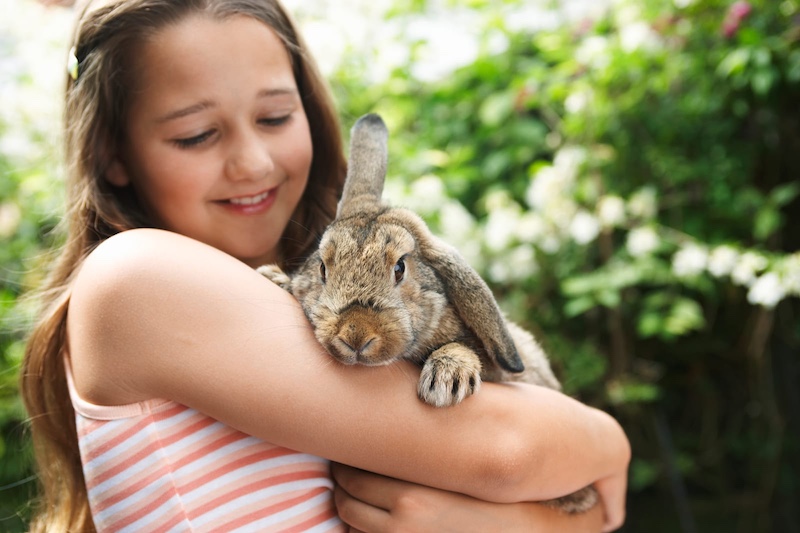Pets are often chosen for their cuteness and companionship, but appearances can be deceiving. Some of the most adorable animals can pose serious risks to young children through disease transmission, bites, or aggressive behavior. Here’s a look at ten popular pets that, despite their sweet appearance, can be surprisingly dangerous to kids.
Hedgehogs
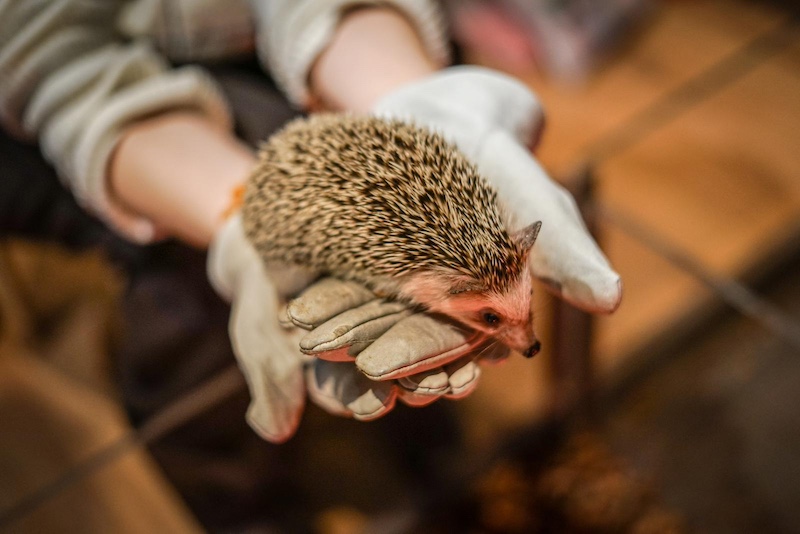
These spiky little creatures may seem like low-maintenance pets, but they often carry Salmonella bacteria. Even if they appear clean and healthy, hedgehogs can spread the bacteria through their quills, feces, or bedding. The CDC has reported several outbreaks of Salmonella linked to pet hedgehogs, with children under five being particularly vulnerable due to developing immune systems and frequent hand-to-mouth contact.
Sugar Gliders
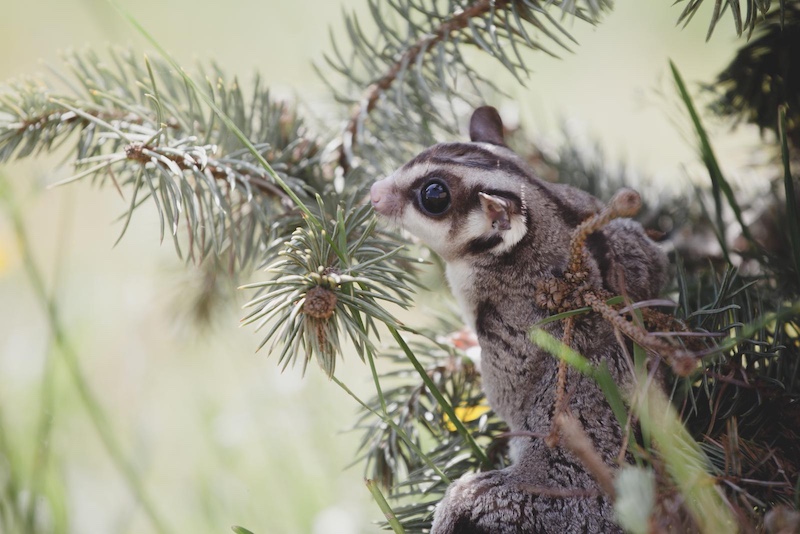
With their wide eyes and gliding abilities, sugar gliders are undeniably cute. However, they are nocturnal, territorial, and prone to biting when frightened or handled improperly. Their sharp teeth and claws can injure children, and their stress levels can spike easily in noisy or chaotic environments. Infections from bites or scratches are a real concern, especially if left untreated.
Ferrets
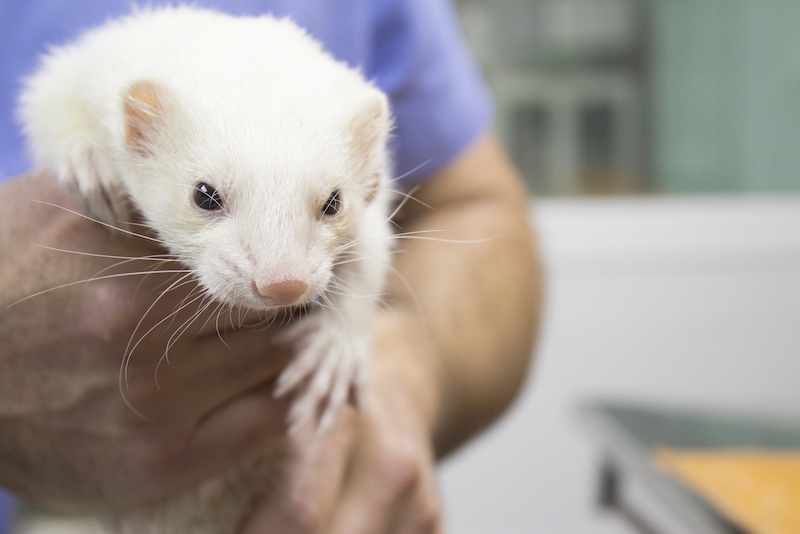
Ferrets are playful and curious, but they are also carnivorous predators with a strong prey drive. There have been multiple reported incidents of ferrets biting infants, sometimes severely. The American Academy of Pediatrics has warned against keeping ferrets in homes with young children due to their unpredictable nature and powerful jaws.
Turtles
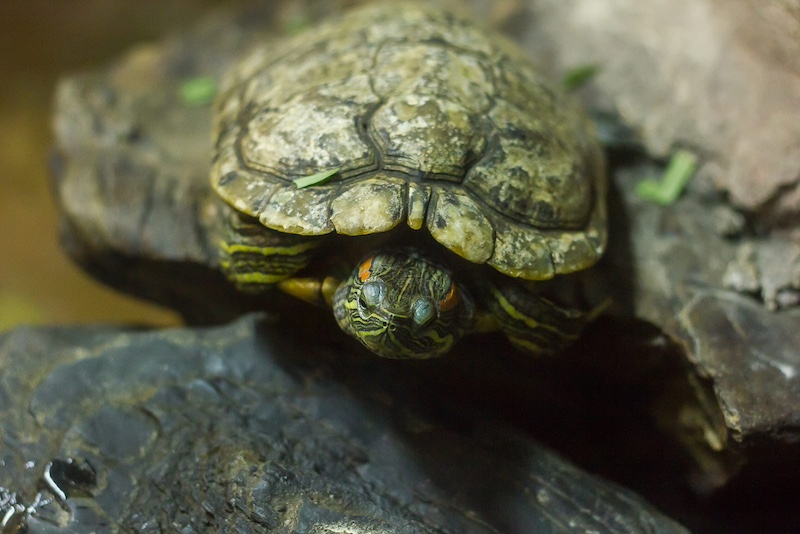
Small turtles are often seen as harmless and educational pets, but they are among the most common sources of Salmonella infections in children. In fact, the sale of turtles under four inches has been banned in the U.S. since 1975 due to public health concerns. Young kids are especially at risk because they’re more likely to put their hands or objects in their mouths after touching the animal or its habitat.
Hamsters
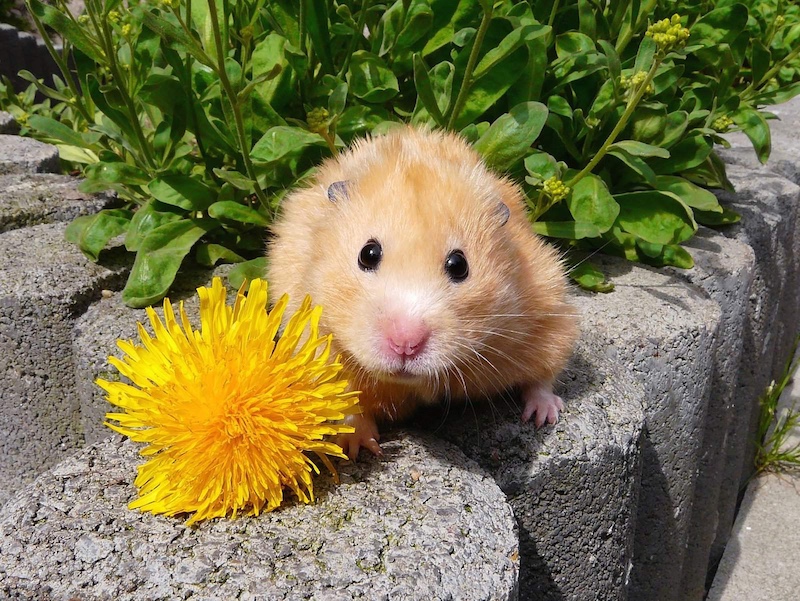
Hamsters are frequently chosen as a child’s first pet, but their temperaments can vary. They are nocturnal and may bite when startled, especially if handled during the day. Additionally, they can carry Lymphocytic choriomeningitis virus (LCMV), which can cause serious neurological illness in humans. Children are especially susceptible to these infections because of their close contact and lack of hygiene awareness.
Cats

Cats are beloved household pets, but they can still pose a threat. Scratches and bites are common, especially when a cat is overstimulated or feels trapped. More concerning is the potential transmission of Toxoplasma gondii, a parasite found in cat feces that can lead to toxoplasmosis. While often mild, this infection can be serious in young children or immunocompromised individuals.
Dogs

Dogs are often seen as the ultimate family pet, yet dog bites are a leading cause of injury in children. The American Veterinary Medical Association states that over half of dog bite victims are children, and most incidents occur with familiar dogs. Even small breeds can bite hard enough to cause serious injury to a child’s face or hands if they feel threatened or overly excited.
Iguanas
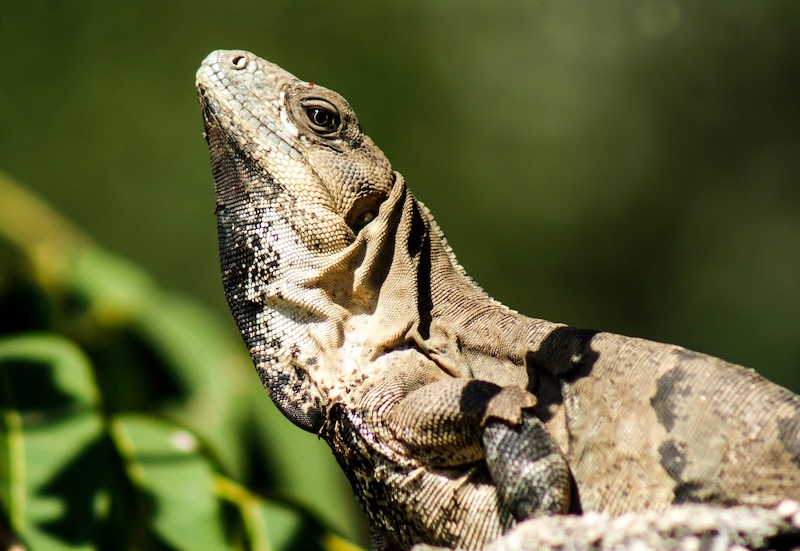
Despite their calm appearance, iguanas can be surprisingly dangerous. They can deliver painful tail whips and deep scratches, especially when frightened. Like other reptiles, they commonly carry Salmonella. An unsuspecting child may pick up an iguana and unknowingly expose themselves to harmful bacteria, or suffer a physical injury if the animal becomes defensive.
Parrots and Other Pet Birds
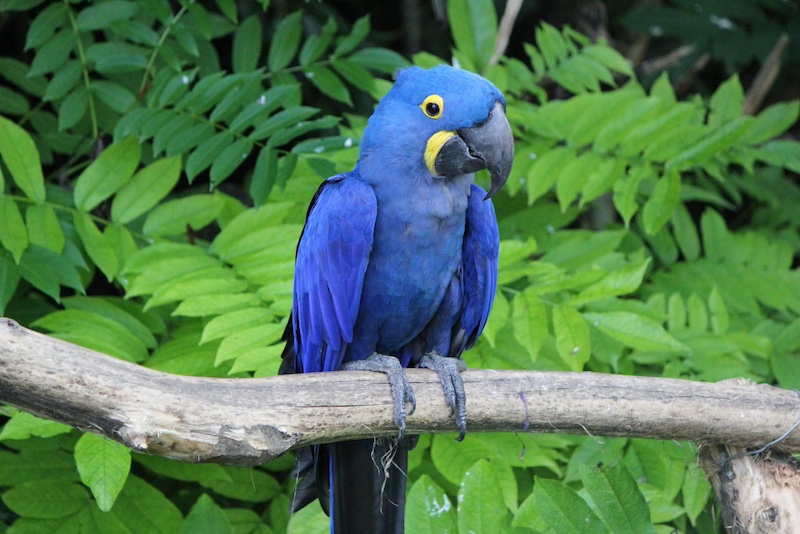
Birds like parrots and cockatiels are colorful, entertaining, and smart—but they can bite fiercely if mishandled. Their beaks are strong enough to break skin or even fracture small bones in a child’s hand. Birds can also carry Psittacosis, a bacterial infection that causes respiratory illness in humans and can be particularly severe in young children.
Rabbits
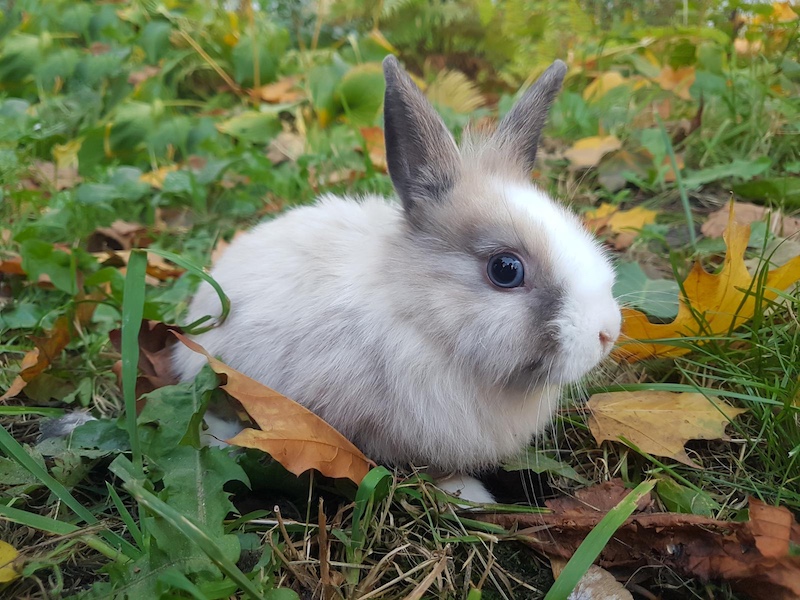
Soft, fluffy, and seemingly gentle, rabbits can be deceptive. They have strong hind legs and sharp claws, and can kick or bite if startled or improperly held. Rabbits are also fragile themselves—if a child accidentally drops one, the rabbit may lash out in fear or pain. Some rabbits carry Pasteurella multocida, a bacterium that can infect humans through bites or scratches.
- Please Note: This content was created with the assistance of AI and thoroughly edited by a human before publishing.

